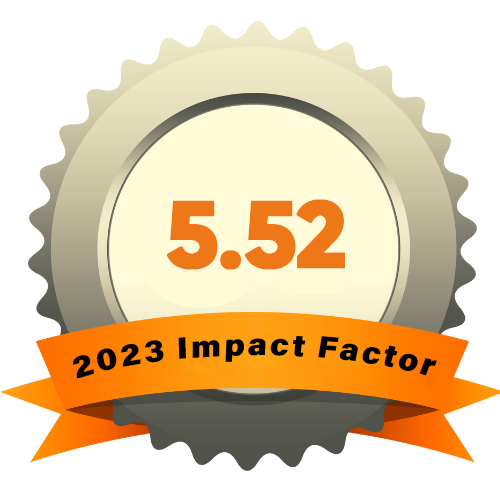TEACHING CLIL METHOD IN PRIMARY SCHOOL
Keywords:
Content and Language Integrated Learning (CLIL), Language mastering,The feature of CLIL,Thinking skill, Primary schoolAbstract
Content and Language Integrated Learning (CLIL) is an approach where students learn a subject and a second language at the same time. A science course, for example, can be taught to students in English and they will not only learn about science, but they will also gain relevant vocabulary and language skills.
References
Barbero T. & Maggi F. (2011). Assessment and Evaluation in CLIL. In D. Marsh, O. Meyer. Quality Interfaces. EAP, Eichstaett Academic Press UG, Eichstätt.
Bently, K. (2010). The Teaching Knowledge Course CLIL Module. Cambridge: Cambridge University Press.
Black, P. & William, D. (2003). In praise of educational research: Formative assessment. British Educational Research Journal, 29(5), 623-637. https://doi.org/10.1080/0141192032000133721
Breidbach, S. & Viebrock, B. (2012). In focus: CLIL in Germany: Results from recent research in a contested field of education. International CLIL Research Journal, 1(4), 5-16.
Bruton, A. (2011). Is CLIL so beneficial, or list selective? Re-evaluating some of the research. System, 39(4), 523-532. http://dx.doi.org/10.1016/j.system.2011.08.002
Bui Le Diem Trang & Truong Thi Thanh Nga (2015). CLIL in Primary English Lessons: Teachers’ Perspectives. Language Education in Asia, 6(2), 90-106. http://dx.doi.org/10.5746/LEiA/15/V6/I2/A2/Bui_Truong
Castellano Risco, I.O. (2015). How a CLIL approach may affect the size of receptive vocabulary and the use of vocabulary learning strategies: An empirical study focused on Extremaduran secondary learners. (Unpublished master’s thesis). University of Extremadura, Badajoz, Spain.
Catalan, R. J & Zarobe, Y. R. (2009). The receptive vocabulary of EFL learners in two instructional contexts:
CLIL versus non-CLIL instruction. In Y. R. de Zarobe & R. J. Catalan (Eds.), Content and language integrated learning: Evidence from research in Europe (pp. 8192). Bristol: Multilingual Matters.
Cenos, J. & Gorter, D. (2011). Focus on multilingualism: A study of trilingual writing. The Modern Language Journal, 95, 356-369. https://doi.org/10.1111/j.1540-4781.2011.01206.x
Chang, Y. Y. (2010). English-medium instruction for subject courses in tertiary education: Reactions from Taiwanese Undergraduate students. Taiwan International ESP Journal, 2(1), 55-84.
CILT. (2008). Intensive and immersion courses. http: www.cilt.org.uk/14to19/intensive/.
Coonan, C. (2007). Insider view of the CLIL class through teacher self-observation-introspection. International Journal of Bilingual Education and Bilingualism, 10(5), 625-646. https://doi.org/10.2167/beb463.0
Coyle, D. (2007). Content and language integrated learning: Towards a connected research agenda for CLIL pedagogies. International Journal of Bilingual Education and Bilingualism, 10(5), 543-562. https://doi.org/10.2167/beb459.0
Coyle, D. (2013). Listening to learners: An investigation into successful learning across CLIL contexts. International Journal of Bilingual Education and Bilingualism, 16(3), 244-266. https://doi.org/10.1080/13670050.2013.777384












